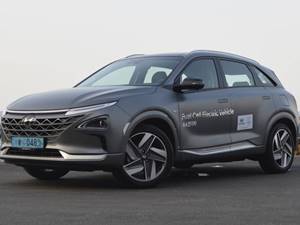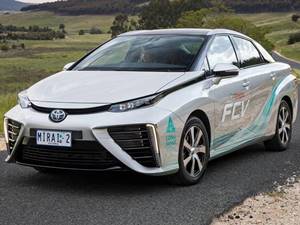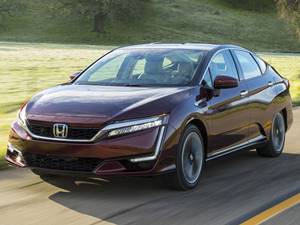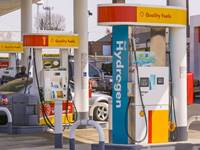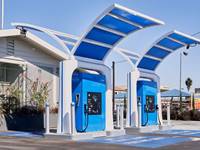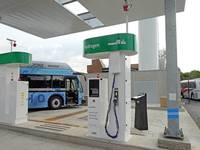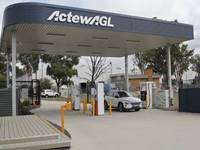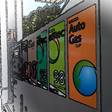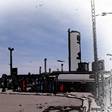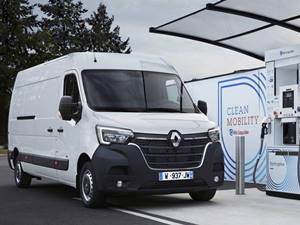How to refuel a hydrogen car
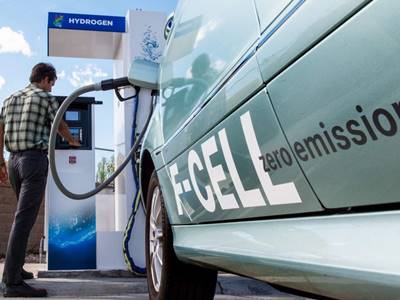
In atime fill(also referred to as slow fill), one or more compressors provides steady overnight (or any time of day when the vehicles are parked)filling, typicallyover an8to10-hourperiod). This method is generally used by centrally fueled fleets or personal commuters with a home refueling appliance (HRA).
In a fast fill, compressors coupled with compressed gas storage provide fast filling (~5 minutes for a light duty vehicle and ~15 minutes for higher storage volume vehicles, such as trucks and buses) much like a typical gasolinestation. This method is typically applied in public access fueling stations and (usually) transit bus fleets.
Hydrogen tank fill pressures are referred to using three terms that will be new to customers switching from internal combustion engine (ICE) vehicles: Mega Pascal (MPa), bar, and psi. One MPa is equal to 10 bar and 145 psi. MPa is the most common way to refer to fueling pressures. The higher the pressure, the more fuel that can be stored in the same space

Hydrogen tank capacity is referred to using units of weight, specifically kilograms (kg), unlike the volume units for gasoline (gallons, liters, etc.).
One kilogram of H2 has approximately the same energy as one gallon of gasoline. Because FCV are 2-3 times as efficient as a gasoline vehicle, they do not need as much fuel. Mirai holds approximately 5 kgs.

Hydrogen stations have two different ending fuel pressures: half-pressure H35 and full-pressure H70. These pressures equate to approximately 5,000 psi and approximately 10,000 psi, respectively.
Hydrogen stations have “smart” features that allow them to deliver as much hydrogen fuel as possible into the vehicle as fast as possible, while still meeting all safety requirements.
There are two H70 fill strategies per station, one for vehicles with infrared communication and one for vehicles that do not have infrared communication, or where infrared communication with the station is not working correctly.

